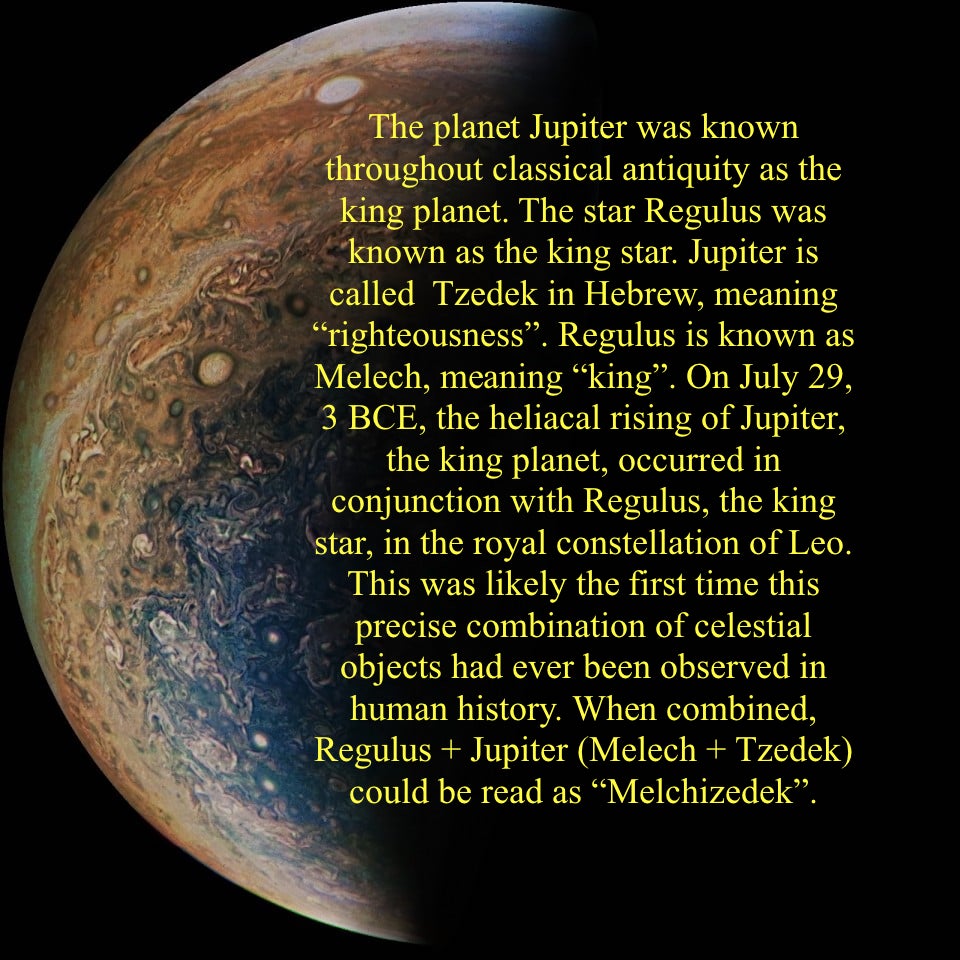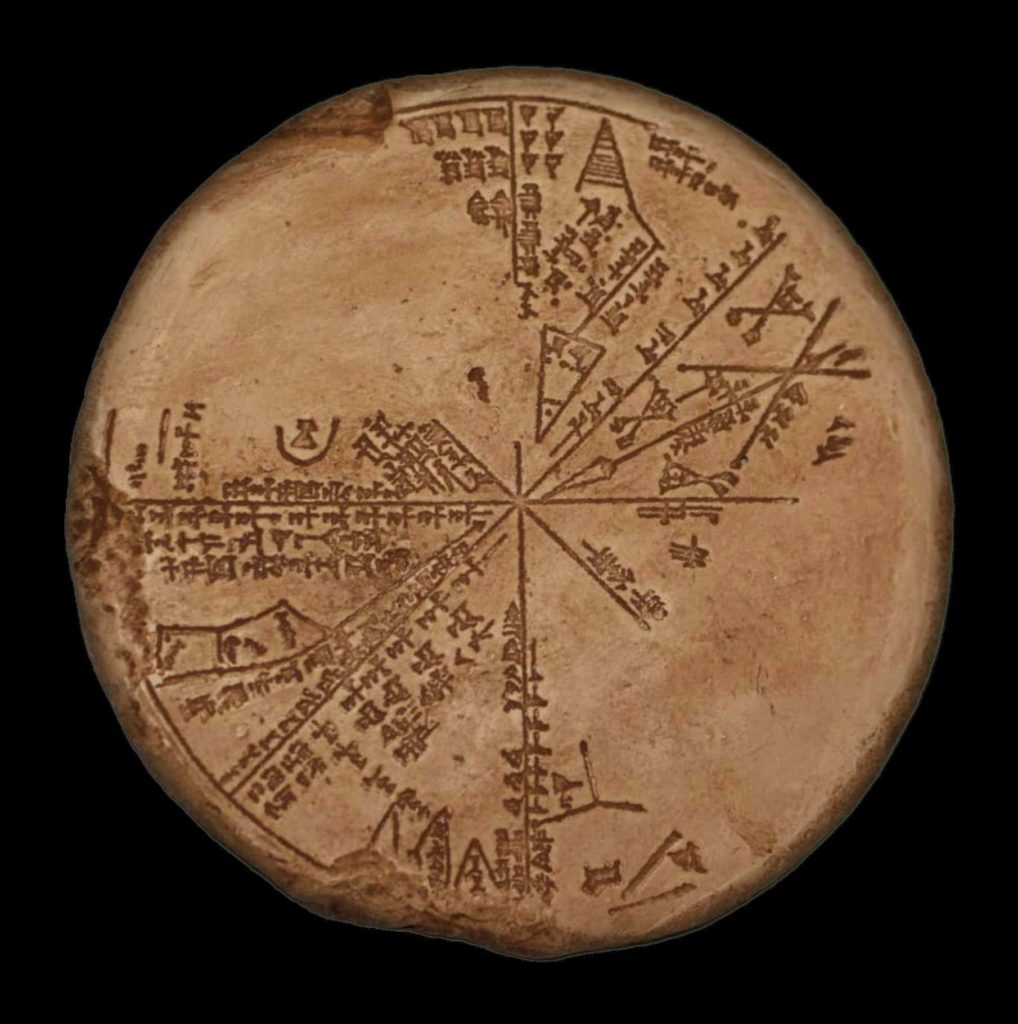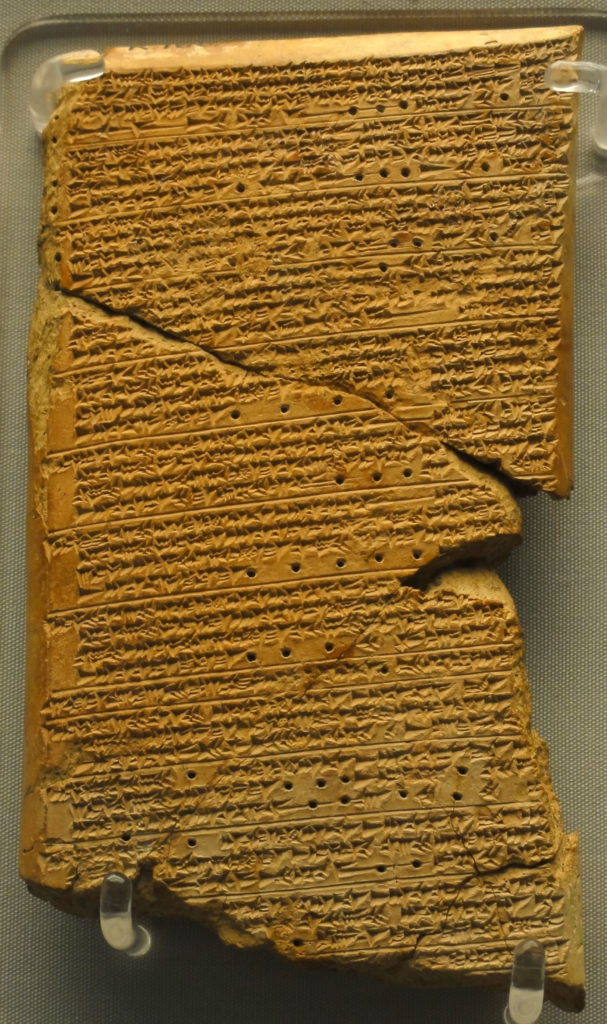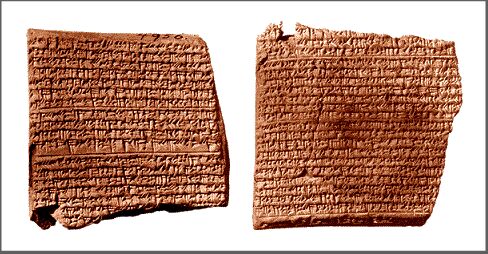
God Save the King Radio Show on the Truth Be Told Radio Network. Episode 22: Biblical Archaeoastronomy Part Three.
Tim discusses three specific clay cuneiform tablets that help us decipher the history of celestial observation in ancient Mesopotamia–Tablet K8538, called “The Planisphere”; the Venus Tablet of Ammisaduqa; and Tablet VAT 4956.

We can reasonably establish that an elite class of highly educated, and politically and religiously influential celestial observer existed in Mesopotamia as early as 3100 BCE.
Exactly when this class of celestial observer became known as “Magi” is unclear, but we have some provocative evidence.
There is a clay cuneiform tablet in the collection at the British Museum in London (K8538; called “The Planisphere”) that helps us establish this.
The tablet is presumed to have been retrieved from the royal library at Nineveh (modern Mosul, Iraq) by British archaeologist Austen Henry Layard in the mid 19th century. “Believed” because archaeology was in its infancy, etc.
The tablet is unique in many ways. It is circular (a disk) approximately seven (7) inches in diameter. It has writing on only one side. It has a prescribed border. It is divided into eight (8) sections (pie). When recovered, it was discovered that the tablet had been damaged by fire close to the time it was written. Therefore, the plaster reproduction of the tablet is about 40% blank.
The subject matter is astronomical in nature and includes constellation diagrams and constellation names. Hence, it has been dubbed “The Planisphere”.
The tablet itself was likely written around 700 BCE. The text is Sumerian, which was used when copying older scholarly works because it was a dead language. This has been a common practice throughout human history because dead languages aren’t affected by changing definitions.
A unique feature is that some of the stars listed in the diagrams are stars that exist at less than NEO magnitude.
Detailed examination of the text and features of the tablet indicate that it is a copy of a text that can be dated to the 4th millennium BCE. That’s 4th millennium, not 4th century. This means older than 3000 BCE.
We do not know if the copier understood the astronomy that he was copying, but if he did, he must have understood the precession of the equinoxes about 500 years before the very famous Greek astronomer Hipparchus (190–120 BCE) who is typically credited with the discovery.
The text of the tablet describes a summer night sky in 3123 BCE. It is believed to be a “field record,” the daily recording of celestial observations made “in the field” during or shortly after the actual observation. Although no other examples of “field recordings” have been collected, it is reasonable to assume that such a practice was common.
If this hypothesis is true, the Sumerians possessed a very sophisticated and advanced understanding of astronomy.
It is also hypothesized that this particular type of tablet had a unique purpose. As a field record, it was re-used by wiping it clean every week or so. This would explain why other tablets like this have not been found, and why this one may still exist—because it appears to record an extraordinary celestial event with religious implications to the Sumerians.

Now fast forward about 1500 years.
The Venus Tablet of Ammisaduqa is a clay cuneiform tablet recoding the heliacal risings and settings for the planet Venus for a 21-year period of time during the mid-17th century BCE, during the reign of King Ammisaduqa of Babylon.
It is a part of the Enuma Anu Enlil, the Babylonian astrological omen text. It was also recovered from the library at Nineveh.
The point here is that this is a meticulous record of the heliacal risings of Venus. This is significant in at least two ways. 1) The meticulousness; 2) the heliacal risings.

Fast forward to the fourth century BCE.
Tablet VAT 4956 in the Berlin Museum details the positions of the moon and the planets during the year 37 of the reign of Nebuchadnezzar of Babylon. This equals 567 BCE. The tablet confirms the biblical record of the destruction of Jerusalem in 586 BCE. The record of the conquest is also recorded in the Bible in
Jeremiah 39 gives account of Nebuchadnezzar’s conquest of Jerusalem and his victory over the Judean King Zedekiah: The passage reports that all of the officers of the king of Babylon made their entry and occupied the middle gate.)
(1) In the ninth year of Zedekiah king of Judah, in the tenth month, Nebuchadnezzar king of Babylon and all his army came against Jerusalem and besieged it. (2) In the eleventh year of Zedekiah, in the fourth month, on the ninth {day} of the month, the city was penetrated. (3) Then all the princes of the king of Babylon came in and sat in the Middle Gate: Nergal-Sharezer, Samgar-Nebo, Sarsechim [the] Rabsaris, Nergal-Sarezer, [the] Rabmag, with the rest of the princes of the king of Babylon.
Jeremiah 39:1–3 NKJV